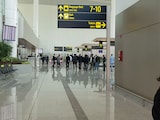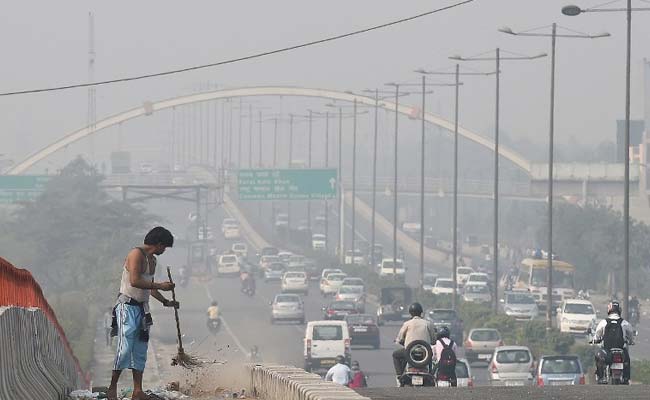A massive Chinese rocket booster is headed for an uncontrolled fall through the atmosphere Friday, sparking concerns that pieces of the giant vehicle could crash to Earth.
It's the fourth time in two years a large Chinese rocket has headed for an uncontrolled impact and that has many space industry experts crying foul. Both the US and Europe adhere to a rule that any space debris that is disposed of over the Earth must not exceed a one-in-10,000 chance that it will cause an injury on the ground, a threshold experts say China's rocket exceeds.
"It's a low risk thing. But it's higher risk than is necessary," Ted Muelhaupt, a consultant with the Aerospace Corp., told reporters during a virtual media presentation.
The falling booster is the large core stage of the Long March 5B rocket launched on Oct. 31. The rocket lofted an experimental laboratory module called Mengtian, meant to dock with China's space station, Tiangong. Unlike other rockets, the Long March 5B's core stage travels all the way into orbit during launch and circles the Earth for a few days. Eventually its orbit decays and it descends to Earth.
While China isn't in breach of any laws or international treaties, its National Space Administration is part of the member of a 13-member Inter-Agency Space Debris Coordination Committee, or IADC, which recently recommended that space junk entering the atmosphere should not exceed a one-in-10,000 chance of injuring or killing a person.
"China has always been conducting activities that utilize the space peacefully according to international laws and customs," said a Chinese Ministry of Foreign Affairs spokesperson. "This type of rocket makes use of a special design technology, allowing most components to burn through during the process of entering the atmosphere, and the probability of it harming the earth and aviation activities is extremely low."
The spokesman said Chinese officials are monitoring the trail of the booster and have been "releasing information to the international society with an open and transparent attitude."
When smaller satellites and spacecraft fall out of orbit, they mostly burn up in the atmosphere, posing little risk to the ground below.
But the core of the Long March 5B is about 108 feet (33 meters) long and weighs 48,500 pounds (22 metric tons). With an object of that size and mass, it's likely that large pieces of debris from the rocket could survive and hit somewhere on Earth. Aerospace Corp. estimates that between 10% and 40% of the rocket could make it to the planet's surface.
Most space-faring nations and aerospace companies take precautions when launching objects of this size to space, ensuring that their vehicles are disposed of over unpopulated areas - typically the ocean.
No such precautions appear to have been made for China's Long March 5B, which is why there is heightened anxiety around the globe each time the rocket is launched. Debris from a Long March 5B booster struck the Ivory Coast in May of 2020, and pieces of a Long March 5B rocket were found in Indonesia after a launch in July, though in both instances no one appeared to have been injured.
China's approach to its launch debris has been routinely condemned by officials in the space industry and the government.
"Spacefaring nations must minimize the risks to people and property on Earth," NASA Administrator Bill Nelson said in a statement in May 2021 after a Long March 5B uncontrolled reentry. "It is clear that China is failing to meet responsible standards regarding their space debris."
Aerospace Corp. and others are calling for the international community to come together to establish an agreed-upon set of norms, including what is the level of acceptable risk for space debris disposal.
"With our population that we have driving around on the roads today, we must have stoplights and traffic signs and rules for speed limits," said Lael Woods, a space traffic management expert with Aerospace Corp. "We feel that there must be those same kind of rules and considerations [that] have to be brought into the space domain."
Aerospace Corp. notes that China would be liable if the rocket caused significant damage to another state, thanks to the Liability Convention adopted in 1972.
Satellite trackers with Aerospace Corp. and other institutions will continue to monitor the rocket's path as it moves closer to Earth, refining their predictions for where it could come down. Right now, they see various paths covering a wide swath of the world's population.
While that may sound dire, trackers will be able to better pinpoint the rocket's trajectory as it gets closer to reentry. In the end, the risk that a piece of a debris from the rocket will fall on any one person is roughly six in 10 trillion, Aerospace Corp. estimates.
"You've got far better odds of winning the lottery tonight than you are getting hit by this object," consultant Muelhaupt said.















